The Web3 era is accelerating, and Pi Network is quickly becoming one of its most prominent leaders. With more than 60 million active pioneers and over 100 decentralized applications already within its ecosystem, Pi Network is proving that Web3 is not limited to institutions or developers it belongs to everyone. As noted by @anderson_ninna, the project is delivering real ownership, genuine decentralization, and true community participation.
A Global Community at the Core
Pi Network’s greatest strength lies in its community. Tens of millions of verified pioneers serve as miners, developers, merchants, and advocates making the network one of the most inclusive ecosystems in blockchain. This grassroots model ensures scalability and adaptability, while keeping the system aligned with everyday user needs. Value is created and shared by the community, not intermediaries.
Redefining Digital Value: Crypto, Coin, and Picoin
Pi Network’s ecosystem reframes how digital assets are viewed:
- Crypto as the infrastructure of decentralization
- Coin as the symbol of participation and exchange
- Picoin, the native token, as a tool of equity and utility
Picoin is already powering peer-to-peer transactions, merchant payments, staking, governance, dApp access, and ecosystem rewards. This versatility makes it a core driver of the emerging Web3 economy.
Web3-Aligned Infrastructure
Web3 represents a decentralized, user-owned internet, and Pi Network is fully aligned with this vision. The platform offers:
- Mobile-first mining for accessibility
- KYC-backed identity verification
- Secure self-custody wallets
- Developer frameworks for building dApps
- Community-led governance structures
This design enables Pi to scale across industries and regions, offering a borderless environment for innovation and value creation.
A Thriving Developer Ecosystem
More than 100 dApps have been developed or are in progress within Pi Network’s infrastructure. These applications span finance, gaming, social platforms, education, analytics, and governance. Developers are using Pi Browser and SDK tools to create secure, scalable solutions that seamlessly integrate with Pi Wallet and identity systems.
Ownership, Governance, and Real Utility
Pi Network emphasizes real ownership, ensuring users control their assets, identity, and participation. Through staking, voting, and proposals, pioneers help shape the future of the ecosystem. Meanwhile, merchants are increasingly integrating Picoin for real-world commerce, benefiting from stable pricing (GCV), low fees, and verified user bases.
Institutional and Strategic Potential
Pi Network’s scale, compliance-first approach, and ethical design are drawing attention from institutions. Potential use cases include financial services, identity verification, supply chain systems, data solutions, and public-sector innovation. This positions Pi as a foundation for Web3 integration on a global scale.
Looking Ahead
For pioneers, preparing for full participation means:
- Completing KYC
- Activating and securing their Pi Wallet
- Exploring dApps and merchant platforms
- Joining governance forums
- Staying engaged with protocol updates
Conclusion: Web3 for Everyone
Pi Network is more than a crypto project it’s a global movement. With tens of millions of users, a growing base of decentralized apps, and real-world merchant adoption, Pi is shaping a financial paradigm built on inclusion, compliance, and decentralization.
From payments to governance, from social apps to enterprise solutions, Pi Network is proving that Web3 is not the future it’s already here.




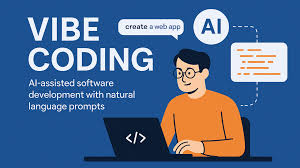



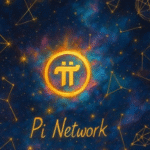

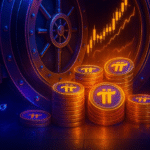
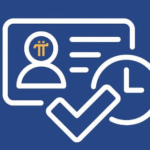

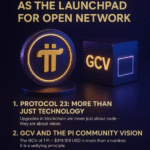


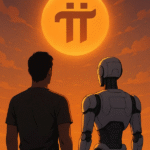

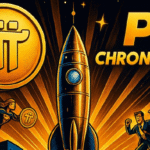
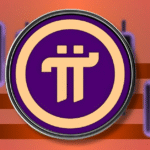


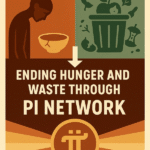
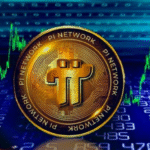
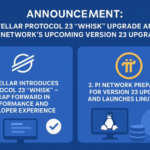

otjt3q